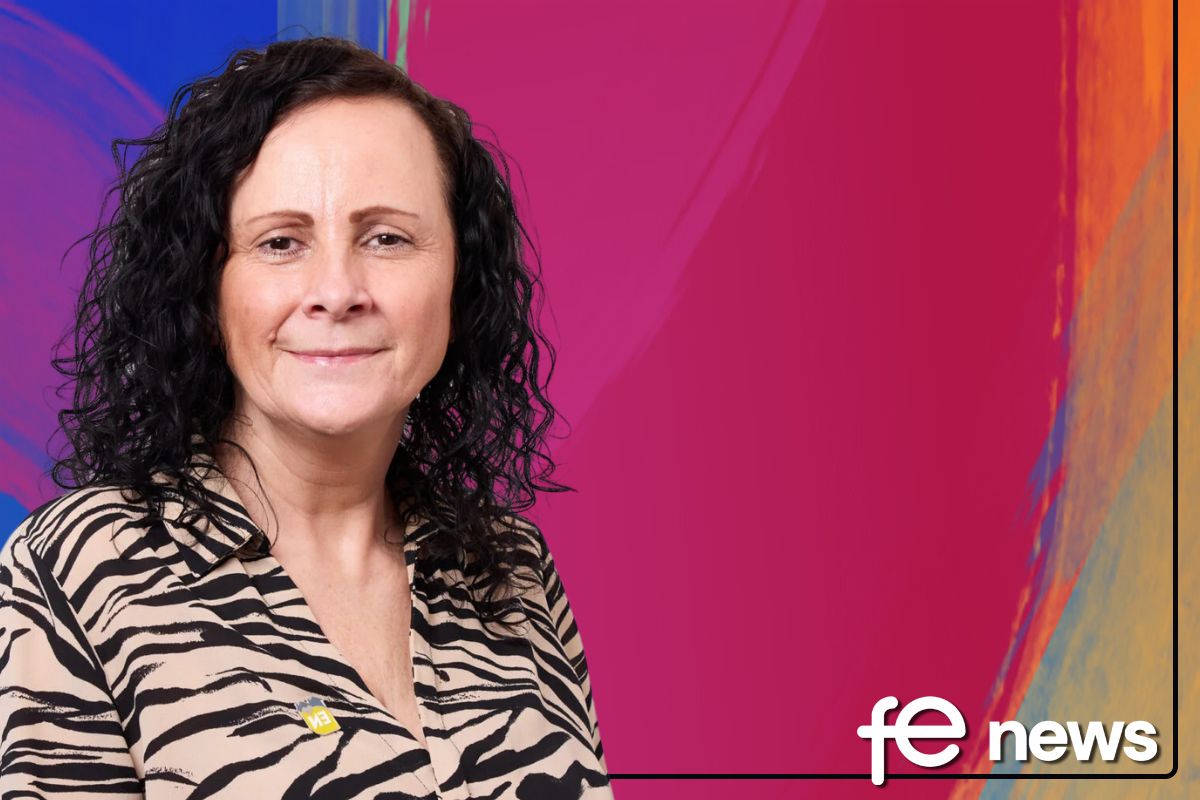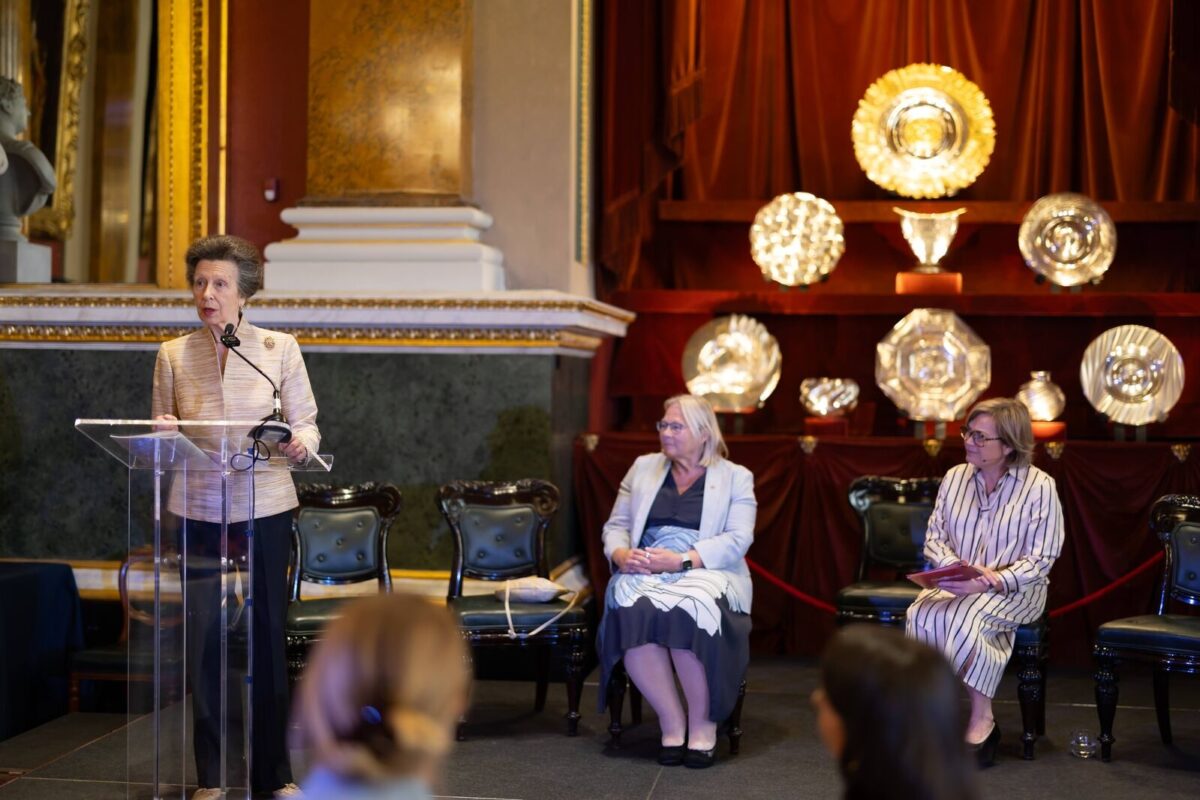This is how students rack up their debts

In 2018, 65% of those under 39 were seeking help to manage their outstanding debt. 14% of these were under 25 with an average outstanding debt of more than £6,000.
77% of Brits are stressed about money, while almost three-quarters have been so stressed they’ve felt overwhelmed and unable to cope.
Breaking the stigma around money, and starting the conversation, Fresh Student Living has created a guide on how young adults can better manage their money, to better prepare them for later in life.
The facts
- Currently, teen spending contributes £1.7 billion annually to the UK economy, with 84% of this going towards clothes, socialising, eating out and gaming
- Millennials and Gen Z are expected to be among the largest spenders over peak shopping seasons such as Black Friday, Cyber Monday and Boxing Day
- 62% of 25-34-year-olds claiming to feel financially secure, compared on just 46% of 55-64-year-olds
- 1 in 4 teens have a monthly budget and 38% look for the best deals before making a purchase
Despite 81% of young adults saying they save money every month, one in five of UK adults say that they are drowning in debt with the following being contributing factors:
|
Method |
Average Amount |
|
Personal loans |
£8,809 |
|
Credit cards |
£7,542 |
|
Payday loans |
£1,888 |
|
Overdrafts |
£1,483 |
|
Store cards |
£1,275 |
Younger generations make up a large portion of the spending within the UK
After the costs of going out and food, fashion and accessories are the biggest spends for young people in the UK, with more than three quarters shopping online for their favourite items. Research from Share To Buy reveals, as a nation, Brits make up to nine impulse buys a month on what we deem to be a ‘good deal’ spending almost £200 – amounting to 6,500 impulse buys over a lifetime totalling £144k.
A credit generation – the new way of spending
For young adults who attend university and make use of student loans for both tuition and daily living (maintenance), the fear of debt is already something that many have to deal with. Regardless of this, there are still a few other factors that can see young adults racking up their debt:
Despite 93% of millennials stating they never want to have a credit card; credit cards can be a damning situation for those who can’t pay it back. Recent research notes that with minimum payments being made each month, the average credit card balance could take over 25 years to repay.
‘Buy now pay later’ services have grown in popularity with over one million people using the most popular ones daily. These services are especially popular among those of a younger age who hold no other forms of credit. While these types of services make it much easier for people to buy more items, with the USP being the ability to pay at a later date, there is a chance to rack up an unaffordable debt.
Financing options help split the costs but can drag out the repayment period. Not only can financing eat away at monthly income, but most options usually have interest added on top, increasing the overall amount to be repaid.
Combatting debt and excessive spending
Compulsive spending or shopping addiction affects around 8 million Brits during their lifetime, primarily observed in women in their late teens and early twenties.
Budgeting is one way to try and avoid overspending on impulsive purchases. Whether it’s with a spreadsheet or using an app/bot to help you divide your money across bills, savings and essentials, working out your monthly budget can help to visually see how much money you have to treat yourself each month.
There is a multitude of ways to ensure maximum savings while shopping:
- Search for discounts where possible – double check websites for any deals or offers, whether a brand offers student discount or apps like Vouchercloud, who can highlight deals within your area.
- Utilise price trackers – Platforms such as Idealo will help you to track individual product prices change over time to determine when could be the best time to make a purchase.
- Always check if a website or brand offers cashback – Quidco and TopCashback are two of the platforms that allow you to obtain cashback for purchases you’d make otherwise. Cashback earned can then be withdrawn to PayPal, a bank account or as vouchers to other shops.











Responses